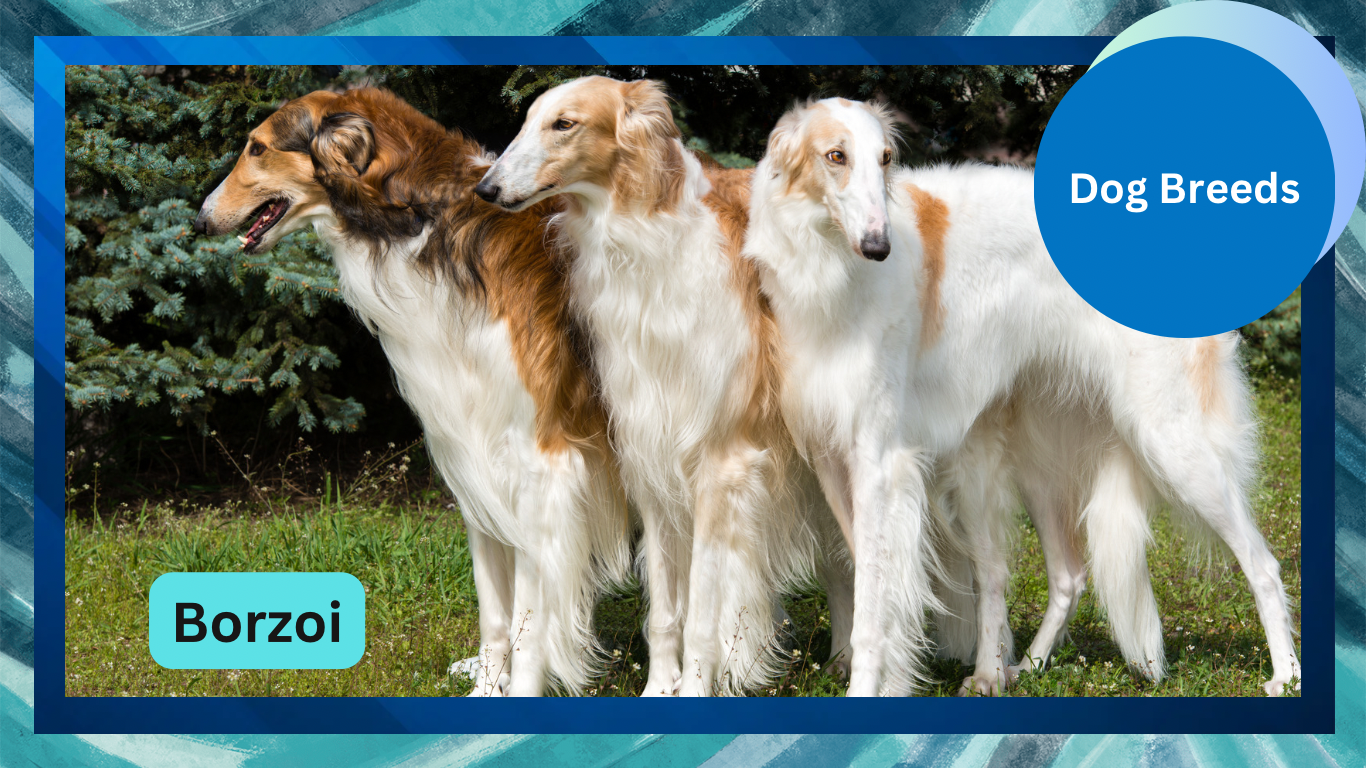The Borzoi, with its long, flowing coat and slender frame, carries an air of elegance. Originally bred for hunting wolves in Russia, this breed is both athletic and gentle, making it a distinctive choice for dog lovers. Known for its graceful movement and calm nature, the Borzoi has carved a place as a cherished companion and show dog.
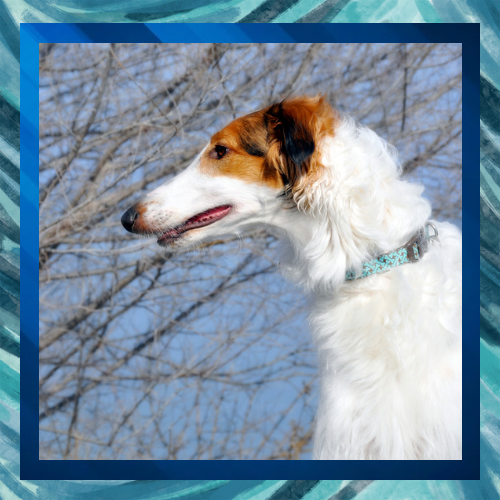
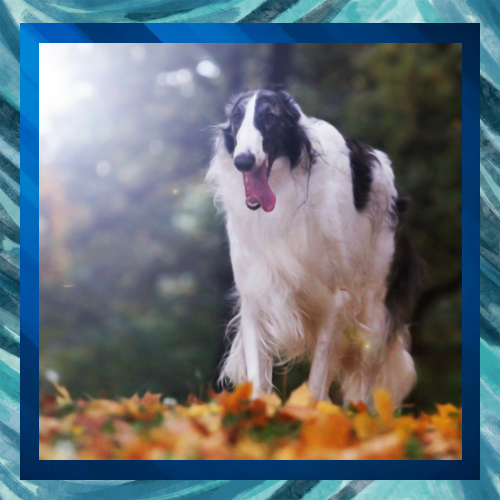
Origins and History
The Borzoi, sometimes called the Russian Wolfhound, traces its roots back to the aristocracy of medieval Russia. Nobles developed the breed by crossing Arabian sighthounds with native Russian breeds. The goal was to create a dog capable of chasing down game across the vast open fields of Russia.
Hunting with Borzoi became a favored activity among Russian nobility. Large hunting parties would set out with packs of these swift hounds, often accompanied by hunters on horseback. Borzoi would pursue prey by sight rather than scent, making them sighthounds like the Greyhound.
The breed’s popularity extended beyond hunting. Borzoi often appeared in Russian art and literature, symbolizing grace and strength. After the Russian Revolution, the breed’s numbers declined, but dedicated breeders preserved and reintroduced them to other parts of the world.
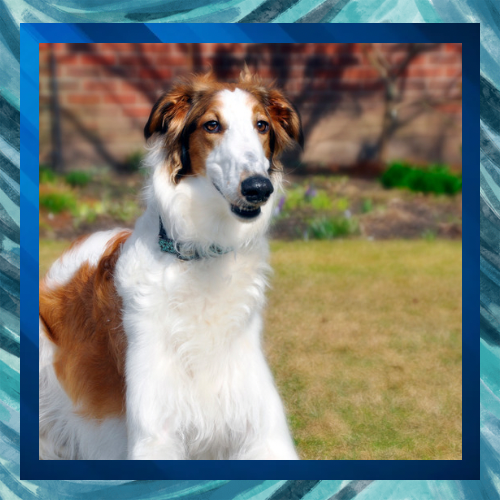
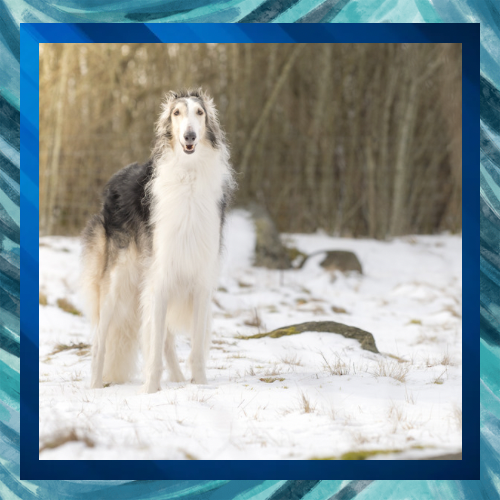
Appearance and Physical Traits
Borzois are known for their long, narrow heads, deep chests, and lean bodies. Standing between 26 to 32 inches tall at the shoulder, they have a dignified posture. Despite their size, Borzois carry themselves with a light step.
Their coats, which can be flat, wavy, or slightly curly, come in a variety of colors, including white, black, tan, and brindle. The long fur around their necks forms a mane-like appearance, giving them a striking profile. Regular grooming helps keep their coats in good condition and prevents matting.
Temperament and Personality
While Borzois have a history rooted in hunting, they tend to be calm and quiet at home. Known for their gentle disposition, they form strong bonds with their families. Although they can be reserved around strangers, Borzois rarely show aggression.
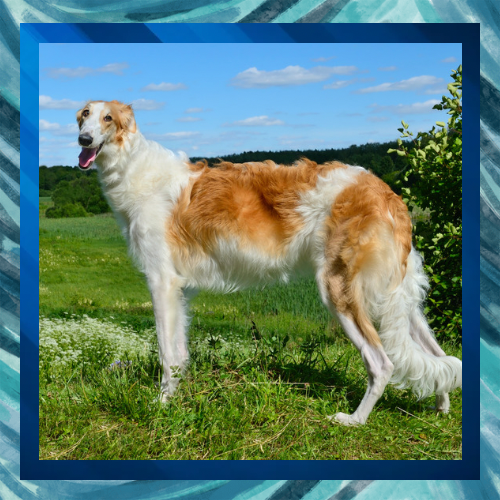
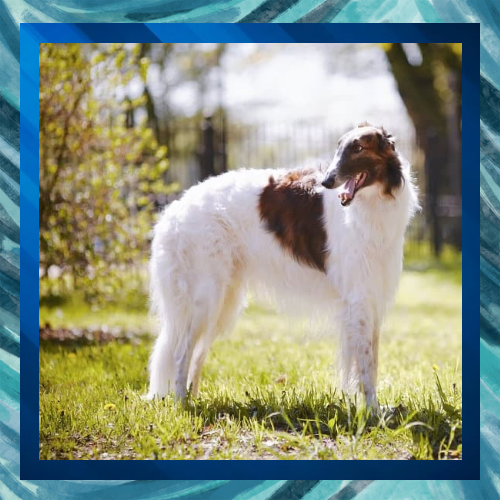
Despite their calm demeanor indoors, Borzois retain their sighthound instincts. They are prone to chasing small animals if given the chance. For this reason, a secure, fenced area is recommended for exercise. Off-leash activities in open areas may lead them to wander or pursue moving objects.
Training a Borzoi requires patience. They respond best to positive reinforcement but may show some independence during training. Harsh methods rarely yield results, as Borzois are sensitive dogs that benefit from gentle guidance.
Exercise and Activity Needs
Borzois need regular exercise to maintain their health and happiness. A long walk or a chance to run in a safe, enclosed space allows them to stretch their legs and satisfy their sighthound instincts. While they enjoy bursts of speed, Borzois do not require constant activity. They are often content lounging around the house after a short play session.
Their athleticism shines in activities like lure coursing, where dogs chase a mechanical lure across a field. This sport allows Borzois to engage their natural chasing instincts in a controlled environment.
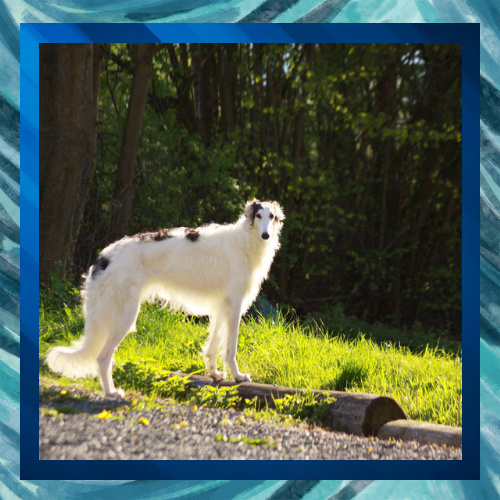
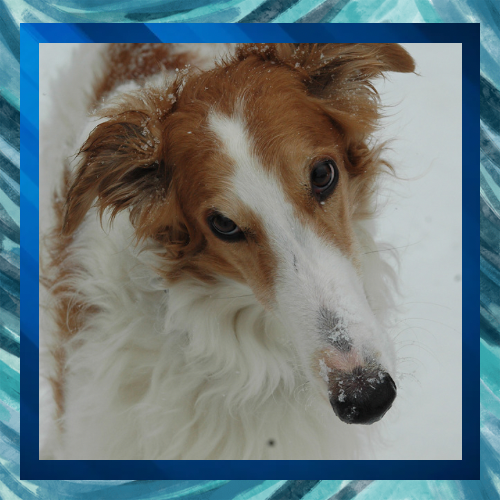
Health and Care
Borzois, like many large breeds, are prone to certain health issues. Bloat, or gastric torsion, is a concern, and owners should be aware of symptoms such as restlessness and drooling. Feeding smaller, more frequent meals can help reduce the risk.
Hip dysplasia and heart conditions also affect the breed. Regular veterinary check-ups and a healthy diet contribute to long-term well-being. Borzois typically live between 10 to 12 years, though some may live longer with proper care.
Grooming is an essential part of Borzoi care. Their long coats require brushing several times a week to prevent tangles and mats. Extra attention should be given to areas behind the ears and along the legs where fur tends to knot.
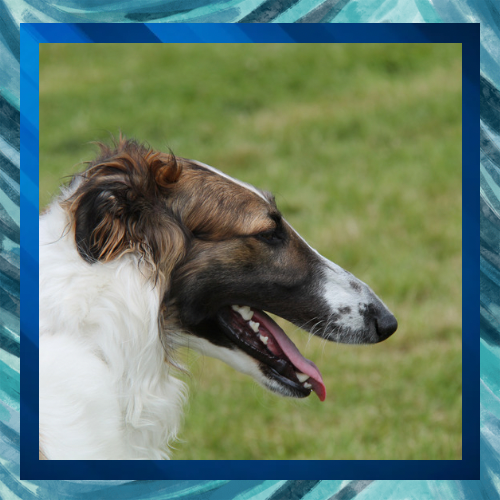
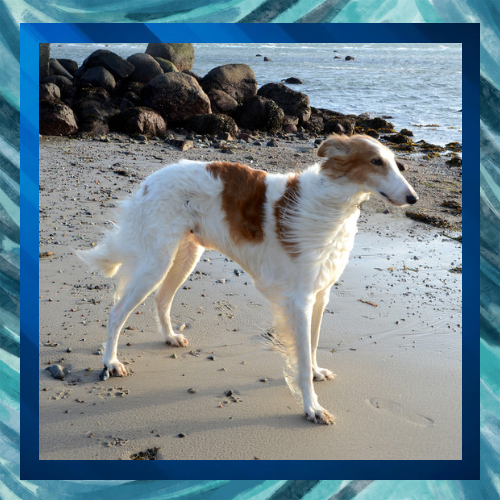
Fun Facts About Borzoi
• Name Origin: The name “Borzoi” comes from the Russian word “borzyi,” meaning “swift.” This reflects the breed’s ability to chase down prey at high speeds.
• Noble Heritage: Russian tsars often gifted Borzoi to other royals and dignitaries, cementing the breed’s status as a symbol of nobility.
• Artistic Influence: Borzoi frequently appear in paintings and sculptures, representing elegance and grace across various artistic movements.
• Speed and Agility: Despite their large size, Borzois can reach speeds of up to 40 miles per hour, making them one of the fastest dog breeds.
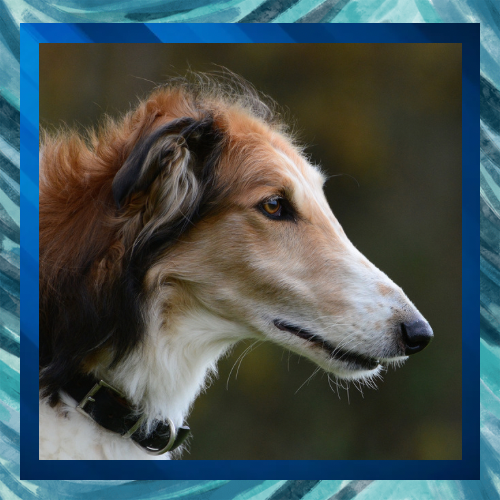
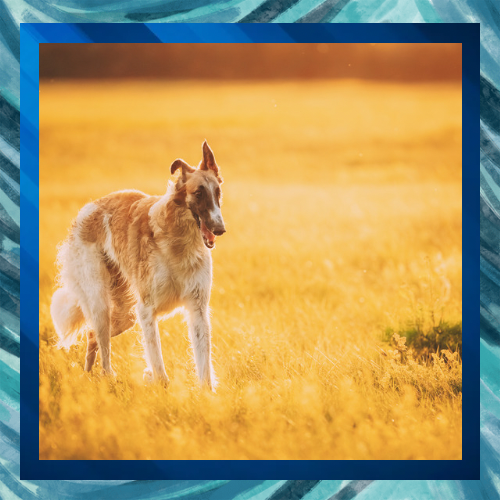
Unique Characteristics
One of the most unique traits of the Borzoi is its combination of speed and gentle temperament. While they thrive in active environments, they adapt well to quieter homes, enjoying long naps and calm surroundings. This balance makes them suitable for families looking for a dog that enjoys both activity and relaxation.
Borzois also display a cat-like sense of independence. They often groom themselves and show a level of self-reliance that differs from many other breeds. Their quiet nature means they rarely bark, which can make them appealing to those living in less noisy households.
Conclusion
The Borzoi stands out as a breed of elegance, speed, and gentle companionship. Its history, physical traits, and calm personality make it a unique choice for dog enthusiasts. For those willing to provide the care and space Borzoi need, the reward is a loyal and graceful companion with roots in the noble hunting traditions of Russia.
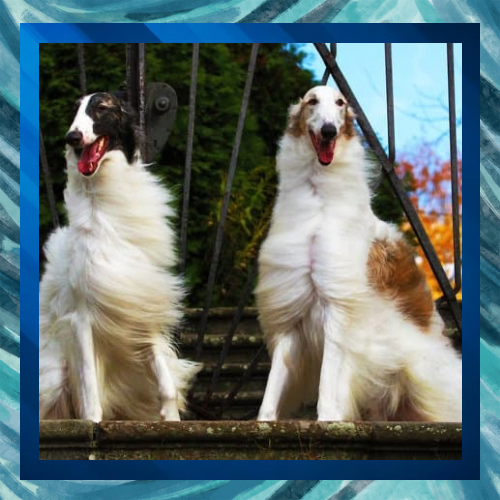
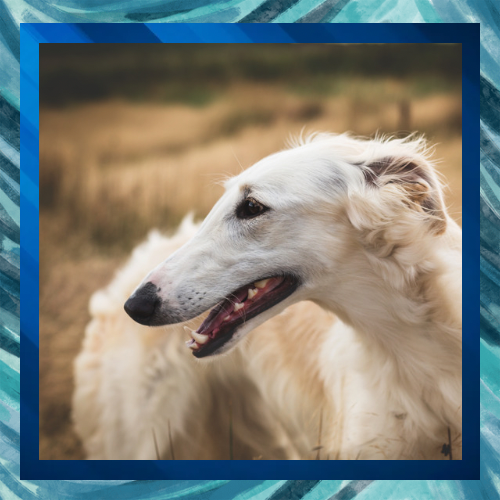
References
• American Kennel Club. “Borzoi.” https://www.akc.org/dog-breeds/borzoi/
• The Borzoi Club of America. “Breed History and Standards.” www.borzoiclubofamerica.org


